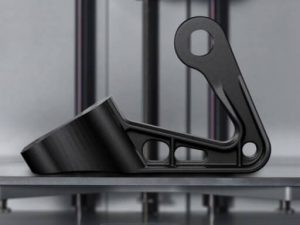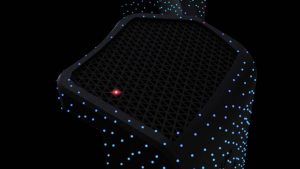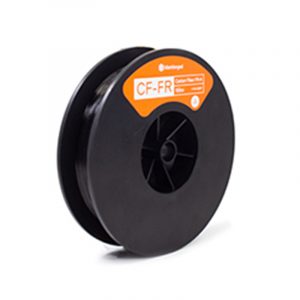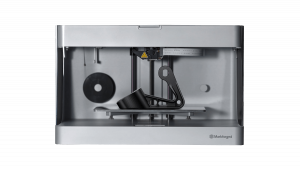As groundbreaking as 3D printing technology is in today’s process of development, the industry itself still has ways to go by providing better machines with higher perfomance quality and specifications. However, consumers are able to purchase a 3D Printer starting as low as $200 from some hobbyist/maker brands, and up to $50,000 or more for systems that produce the best of the best quality to meet industrial needs.
SPEED
When it comes to machines that fit the needs of hobbyist and makers, the technology is getting better and better for entry level systems. These kinds of printers will be able to print a variety of materials, but the process can be difficult or prone to lower-quality finishes. You may find yourself reprinting once, twice, three or four times to get it right. Some may find satisfaction in finally getting the perfect print, others may not, but that’s exactly why these printers are perfect for hobbyist applications — they can take extra time and effort. Overall, hobbyist and makers are looking for a quality activity, a way to spend TIME.
Industrial & professional 3D printers are built for efficiency and to save time. An upgrade to motors and other components deliver the quickest results in some of the most powerhouse additive manufacturing machines.
With a hobbyist 3D printer, SPENDING TIME IS THE GOAL. For a professional printer, TIME COSTS MONEY.

COST
Affordability is one of the main factors to determine if the machine can be purchased in the first place. Consumers have options from a variety of name brands, from smaller companies who develop 3D printers, to some of the big names who lead the industry, such as Markforged. 3D Printing systems can run as low as $200 for hobbyist/entry-level and $20,000 for professional machine.

QUALITY/VERSATILITY
There may be some limitations to using a hobbyist machine when trying to produce complex ideas or parts. Industrial 3D printers can produce parts in a variety of different photopolymer materials. Ultra fine layer thickness create accurate, clean, smooth and highly detailed 3-dimensional models for a variety of applications.
Now a days, companies like BigRep are making 3D printers with a modular approach, so that components can be upgraded or swapped out if ever needed. That being said, Industrial 3D Printers can be labled as the most future proof option, in which they can be upgraded and have it’s overall potential expanded.

MATERIAL CAPABILITIES
A great example is the Markforged Mark Two. This machine enables designers and engineers to replace machined aluminum tooling with stronger parts for a fraction of the price. It combines unique continuous carbon fiber reinforcement and distinctive software with industrial 3D printing, for versatile parts that are ready for immediate use, with up to 26 times the strength of standard 3D printing materials like ABS.


